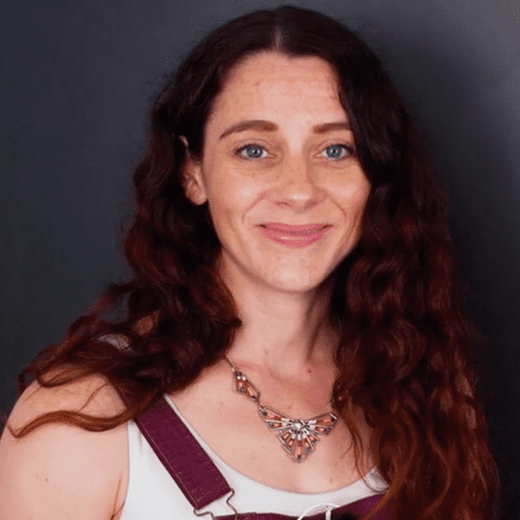Le sujet porte sur l'axe 2 du programme : Espace privé et espace public.
We Built an “Unbelievable” (but Legal) Facial Recognition Machine
Most people pass through some type of public space in their daily routine — sidewalks, roads, train stations. Thousands walk through Bryant Park every day. But we generally think that a detailed log of our location, and a list of the people we’re with, is private. Facial recognition, applied to the web of cameras that already exists in most cities, is a threat to that privacy.
To demonstrate how easy it is to track people without their knowledge, we collected public images of people who worked near Bryant Park (available on their employers’ websites, for the most part) and ran one day of footage through Amazon’s commercial facial recognition service. Our system detected 2,750 faces from a nine-hour period (not necessarily unique people, since a person could be captured in multiple frames). It returned several possible identifications, including one frame matched to a head shot of Richard Madonna, a professor at the SUNY College of Optometry, with an 89 percent similarity score. The total cost: about $60.
“My first reaction was, ‘Oh my god, that is unbelievable,’” Dr. Madonna said, after we reached him and explained the experiment. [...]
In our exercise, we built a database using only photos from public websites, and we obtained Dr. Madonna’s consent before publishing this story. We’ve deleted the images and data that we collected and are no longer monitoring the Bryant Park cameras.
Over decades, businesses and individuals have installed millions of cameras like the ones we used, inadvertently setting up the infrastructure for mass surveillance. In the past, a human would have to watch the video feed to identify people, making it impossible to comprehensively record everyone’s movements. But the accuracy and speed of modern facial recognition technology means that building a dragnet surveillance system is now feasible.
The law has not caught up. In the United States, the use of facial recognition is almost wholly unregulated. [...]
The cameras in Bryant Park were installed more than a decade ago so that people could see whether the lawn was open for sunbathing, for example, or check how busy the ice skating rink was in the winter. They are not intended to be a security device, according to the corporation that runs the park.
But our experiment shows that a person equipped with just a few cameras and facial recognition technology can learn people’s daily habits: when they arrive at the office each day, who they get coffee with, whether they left work early. When we identified Dr. Madonna, he was on his way to lunch with a job candidate — an example of how the midday outings of even law-abiding citizens can sometimes be sensitive information.
The police and governments may also have access to a vast network of cameras. Combine that with a comprehensive database of faces — like a driver’s license database — and it’s possible to track citizens throughout an entire region in real time. There is no evidence that this is happening on a wide scale in the United States. But that’s not because the technology doesn’t exist. Last year, companies claimed they could compare live feeds to a database of billions of faces.
Authorities have used facial recognition to track down criminal suspects and find missing children. But civil liberties advocates warn about the chilling effect on free speech if the government could monitor everyone’s whereabouts — or, say, identify individuals at a protest. This is not a purely hypothetical concern: During 2016 protests after Freddie Gray died in the custody of Baltimore police, law enforcement used facial recognition on social media images to identify protesters with outstanding warrants.
"Once the government has the ability to track us and identify us wherever we go, it is impossible to speak and participate in society anonymously," [J. Lynch, surveillance litigation director at the Electronic Frontier Foundation] said.
The New York Times, April 16, 2019
Answer in English, using your own words :
1. Say what you have understood about:
a. the nature and the topic of the document;
b. the experiment that was carried out and its results;
c. the issues that this experiment highlights.
2. How objective do you think the document is?
3. Comment on the tone and purpose of the document.
